Struggling to make your brand more eco-friendly? Packaging is a huge part of the puzzle. The size of your perfume bottle might seem small, but it plays a big role in your sustainability efforts.
Choosing the right perfume bottle size directly impacts your sustainable packaging goals by reducing material waste, lowering transportation emissions, and encouraging more responsible consumer habits. Smaller, refillable, or efficiently designed bottles can significantly lessen your environmental footprint.

How can perfume be sustainable?
Are you worried about your brand’s environmental impact? Many brands struggle to find truly sustainable solutions. The journey to making perfume sustainable begins long before the scent is even bottled.
Perfume can be sustainable through eco-friendly ingredient sourcing, responsible manufacturing processes, and most importantly, through its packaging. This includes using recycled materials, designing for recyclability, and promoting refillable options to minimize waste.
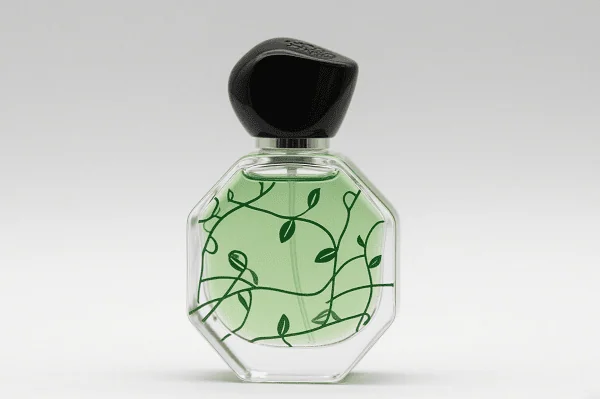
When I started in the glass bottle industry, sustainability wasn’t the buzzword it is today. Now, it’s at the forefront of every conversation. For perfume, achieving sustainability means looking at every single step. It is about understanding where materials come from and how they are made into the final product. It is also about what happens after the product is used. We focus on cutting down waste and pollution. This means making sure bottles can be reused or recycled.
Here’s what makes perfume truly sustainable:
| Aspect | Sustainable Practices |
|---|---|
| Ingredients | Responsibly sourced, renewable, non-toxic, biodegradable |
| Manufacturing | Energy-efficient, reduced water usage, waste minimization |
| Packaging Materials | Recycled glass, recyclable plastics, biodegradable caps |
| Bottle Design | Lightweight, refillable, durable for reuse |
| End-of-Life | Clear recycling instructions, take-back programs |
What is the best packaging for perfume?
Do you wonder what makes perfume packaging truly effective? Many brands struggle to balance luxury with environmental responsibility. The best packaging for perfume is not just about aesthetics; it’s about smart design and material choices.
The best packaging for perfume balances aesthetic appeal with environmental responsibility, favoring materials like glass for its recyclability and reusability. It prioritizes design that minimizes material use, supports refilling, and clearly guides consumers on proper disposal or reuse.
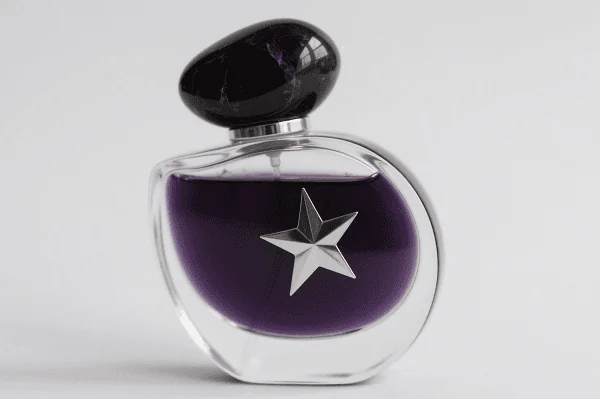
From my early days, I learned that glass is king for perfume. It keeps the scent pure and looks good. But the best packaging does more than that. It thinks about the entire journey of the bottle. We always aim for packaging that is good for the earth. This means using less material and making it easy to recycle. It also means making bottles that people want to keep and reuse. It’s a challenge, but a rewarding one. This approach helps brands save money and look good.
Here are the key elements of optimal perfume packaging:
| Feature | Description | Benefits |
|---|---|---|
| Material Choice | High-quality glass (often recycled content), minimal plastic | Recyclable, maintains fragrance integrity, premium feel |
| Design Efficiency | Lightweight designs, optimized shapes for transport | Reduces shipping costs, lowers carbon footprint, less material used |
| Reusability | Refillable bottles, decorative designs for repurposing | Extends product lifecycle, reduces waste, enhances brand loyalty |
| Recyclability | Easily separable components, clear recycling symbols | Promotes proper disposal, supports circular economy |
| Secondary Packaging | Minimalist, recycled cardboard, no unnecessary plastics | Reduces overall waste, improves eco-credentials |
Are perfume bottles sustainable?
Do you ever question if your beautiful perfume bottles contribute to waste? It’s a common concern for many brands. While traditional perfume bottles have faced criticism, modern advancements are changing the game.
Perfume bottles are becoming more sustainable through innovations in glass manufacturing, increased use of recycled content, and designs that promote refilling and reuse. The sustainability of a perfume bottle largely depends on its material, design for recyclability, and consumer behavior in its disposal or reuse.
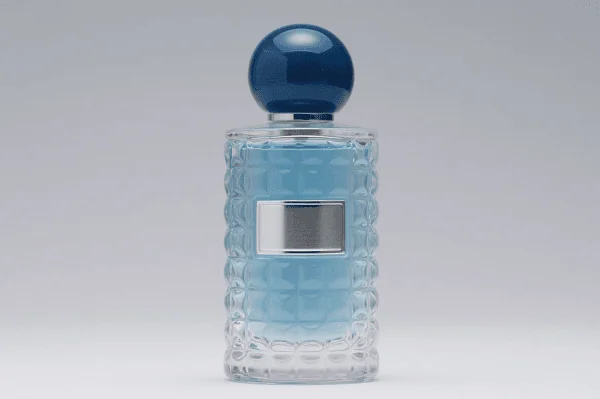
When I started WXglass, one of my main goals was to help clients make their packaging more sustainable. Glass has always been a strong choice because it is durable and recyclable. The industry has made huge strides. We are now seeing more bottles made from recycled glass. There are also new designs that encourage people to refill their bottles. It shows that even a small change can make a big difference. It’s about thinking beyond the first use. It is about creating a product that has a longer life.
Here’s how perfume bottles are becoming more sustainable:
| Aspect | Sustainable Improvement | Impact |
|---|---|---|
| Recycled Content | Incorporating Post-Consumer Recycled (PCR) glass | Reduces demand for virgin materials, lowers energy consumption |
| Lightweighting | Designing thinner, yet strong, glass walls | Decreases material use, cuts transportation emissions |
| Refillable Systems | Bottles designed to be easily refilled by consumers | Significantly reduces new bottle production and waste |
| Mono-material Design | Using a single type of material or easily separable parts | Simplifies recycling process, increases recycling rates |
| Eco-conscious Finishes | Avoiding non-recyclable coatings or labels | Ensures full recyclability of the glass bottle |
What is the primary packaging of perfume?
Are you confused about what truly protects and presents your perfume? The primary packaging is often overlooked but is the most critical element. It directly touches the product and defines its immediate appeal and integrity.
The primary packaging of perfume is the container that directly holds the fragrance, most commonly a glass bottle. This component is essential for preserving the perfume’s integrity, preventing evaporation, and providing the initial visual and tactile experience for the consumer.
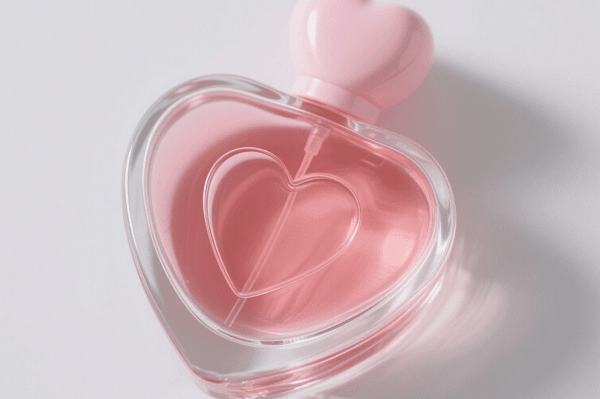
My journey in glass bottles taught me the immense importance of primary packaging. It’s not just a container; it’s the product’s first impression and its ultimate protector. When I worked in the factory, I saw how much care went into each bottle. It is because the bottle safeguards the perfume’s quality. It is also because it showcases the brand’s identity. Choosing the right primary packaging involves balancing aesthetics with function. It is about making sure the bottle looks good and works well.
Here’s a breakdown of the primary packaging components:
| Component | Function | Sustainable Considerations |
|---|---|---|
| Glass Bottle | Holds and protects the fragrance | Recycled content, lightweighting, refillable design |
| Pump/Atomizer | Dispenses the perfume in a fine mist | Material choice (PP vs. aluminum), ease of separation for recycling |
| Cap | Seals the bottle, prevents leakage, adds to aesthetics | Material choice (wood, recycled plastic), reusability |
| Dip Tube | Carries the perfume from the bottle to the atomizer | Material (often PE), design for minimal material use |
My insights
Have you ever considered how deeply your packaging choices affect your brand’s story? Many brands focus only on the scent, missing a huge opportunity. From my perspective, working with countless clients, the right bottle size is not just about volume; it’s about communicating your values.
From my experience, choosing the right perfume bottle size is a powerful statement of a brand’s commitment to sustainability and efficiency. It allows brands to optimize material use, streamline logistics, and resonate with eco-conscious consumers, ultimately elevating their market presence and reducing environmental impact.
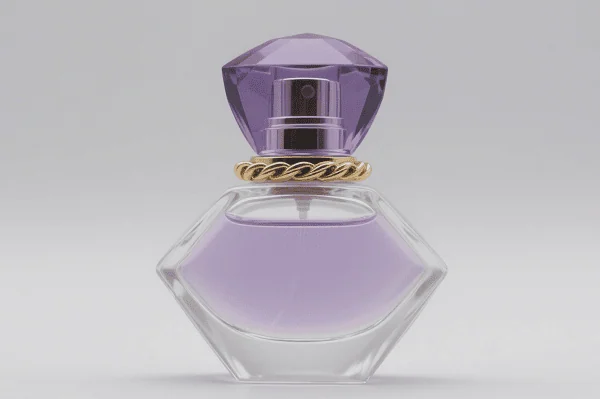
My journey from a factory employee to founding WXglass has shown me that every detail matters. The size of a perfume bottle, for example, might seem small. However, it reflects a brand’s dedication. It shows if they care about waste or efficiency. I remember a client who switched to a smaller, more concentrated bottle. They not only cut their shipping costs but also saw a jump in sales. Their customers valued the reduced environmental footprint. This is the kind of impact that excites me. It shows how smart packaging helps the planet and the business.
Here are my key insights into bottle size and sustainability:
| Insight | Explanation | Strategic Benefit |
|---|---|---|
| Optimized Material Use | Smaller bottles or smarter designs use less glass and fewer raw materials, reducing the overall environmental footprint per unit. | Lowers production costs, reduces waste, improves eco-credentials. |
| Reduced Transportation Impact | Lighter, more compact bottles mean more units per shipment. This leads to fewer trips and lower fuel consumption during logistics. | Cuts carbon emissions, decreases shipping expenses, faster supply chain. |
| Consumer Perception & Behavior | Smaller, travel-friendly, or refillable options encourage conscious consumption. Consumers see these brands as more responsible and aligned with their values. | Builds brand loyalty, attracts eco-conscious demographics, promotes responsible product lifecycle. |
| Innovation & Differentiation | Embracing sustainable bottle sizes pushes brands to innovate in design and formulation (e.g., concentrated perfumes), setting them apart in the market. | Creates unique selling propositions, fosters a forward-thinking brand image. |
| Long-Term Cost Savings | While initial design changes may cost money, reduced material use, lower shipping fees, and increased consumer appeal lead to significant savings over time. | Improves profitability, contributes to sustainable business growth. |
Conclusion
The right perfume bottle size is a game-changer for sustainable packaging. It cuts waste, lowers emissions, and boosts brand appeal. This simple choice helps the planet and your business thrive.

